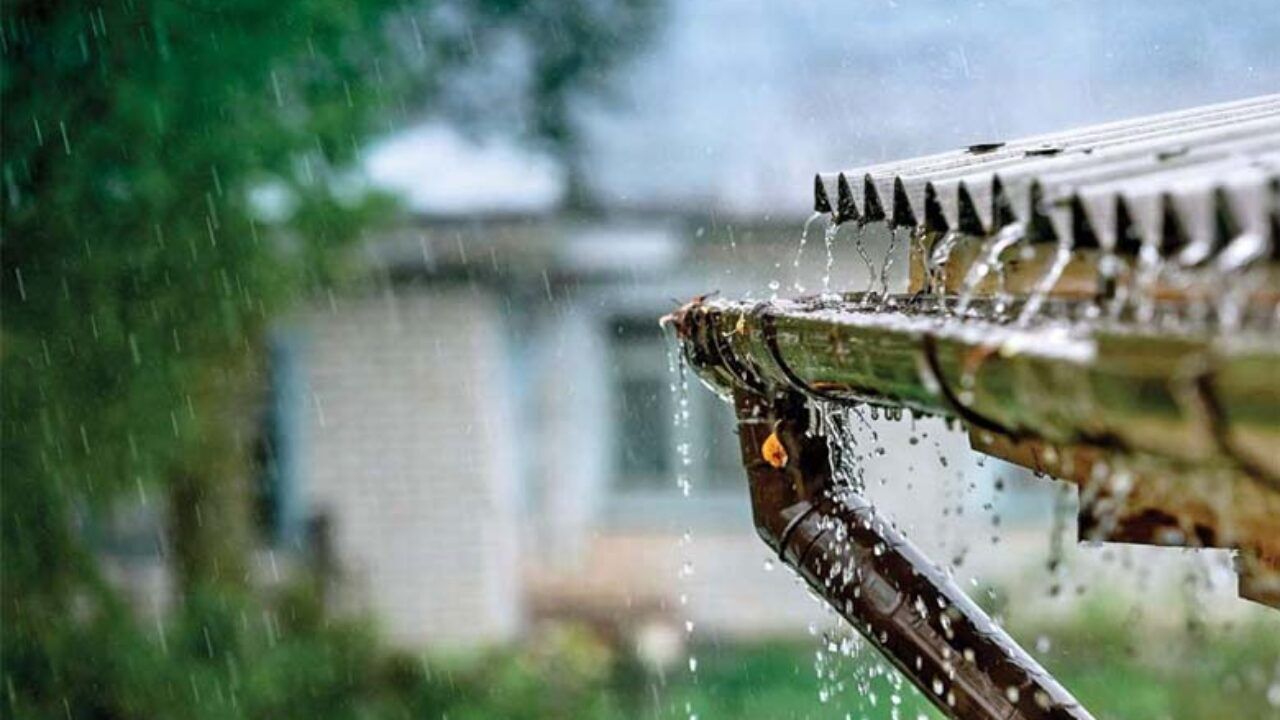Nexus of Good: Recuperative endeavour
By ensuring community participation, two IAS officers in Fatehpur District of UP made remarkable efforts to conserve water in the ‘dark zone’ blocks

It is indeed possible to make it happen even in the most trying circumstances. This was demonstrated by consistent and concerted efforts of two young IAS officers — Apurva Dubey, District Magistrate, Fatehpur, Uttar Pradesh and Satya Prakash, Chief Development Officer. Their efforts have brought seven blocks out of the dark zone. In this district, five years ago, nine out of total 13 blocks were declared dark zones by the Ground Water Department. Dark zones are areas where over-exploitation of groundwater is acute, and where the withdrawal and usage of water exceeds its recharge.
Concerted efforts were made in the field of water conservation over the years by the district administration. In the last five years, 2,176 ponds were constructed under the MNREGA scheme, out of which 1,312 ponds were constructed in the last two years itself. This created about 700 crore liters of water storage capacity in the district. This year also, they have already started construction of 468 ponds under MNREGA, apart from planning the construction of another 400 ponds.
MNREGA scheme has also been used for building 1,027 rainwater harvesting systems in Primary and Upper Primary schools. These rainwater harvesting systems have the capacity to conserve about 60 crore liters of rainwater coming from the rooftop of buildings to the ground water through a filter mechanism. Apart from this, during the last couple of years, other departmental schemes were also utilised for the purpose. These included about 1,000 hectares of land that was covered by sprinkler and drip irrigation systems, micro irrigation and farm ponds.
Community participation was the key, and this was ensured by the efforts of the two young officers and their committed team. Through such an effort, a river — Sasur Khaderi — was excavated within a short span of one month. This river had become extinct over a period of time on account of siltation of six source lakes and other tributaries. The river spread over two tehsils, four blocks and 24 gram panchayats. With the extinction of the river that also acted as a drainage, upper catchment areas of the river used to get flooded during the rainy season. Consequently, crops spread over thousands of hectares got destroyed. This resulted in huge loss to farmers as well as loss of water resources. This water could not contribute to ground water recharge as it got drained out in an unplanned manner. It was decided to rejuvenate this historical river as well as the lakes which used to be the source of water for this river. A joint survey of the revenue and rural development department was done and the entire length of the river as well as six big lakes was demarcated. After survey, it was found that more than 18 km length of the river had become flat on account of siltation, and most of it was in the shape of a minor drain. Detailed Project Report of the entire river rejuvenation was worked out through MNREGA. Its estimated cost came around Rs seven crores. Once the work started on May 4, 2022, an appeal was made by the District Magistrate and Chief Development officer to the people of the district to contribute to the excavation of the river through 'shramdan' — either by manual labor or through JCBs.
As this project was beneficial to the people at large, more than 25 voluntary groups, non-governmental organisations and common people participated. Employees of different departments also contributed to this noble cause. To encourage public participation, it was ensured that either the District Magistrate or the Chief Development Officer, or some other senior district official, participated in the 'shramdan' every day. Even persons with a very humble background contributed in their individual capacity.
Large scale community participation resulted in savings of Rs five crore of public money. This entire excavation was achieved within a short span of one month.
Efforts didn't stop at this, one of the six feeding lakes with an area of 44 hectares has also been excavated using Zila Panchayat funds. This has resulted in creation of about five crore liters of water storage capacity. For other five lakes, DPR amounting to Rs 68 crores has been sent to Namami Gange, GoI for approval, for which in-principle approval has already been received. Once all the lakes are excavated, an additional 50 crore liters water storage capacity will be added. Apart from excavation works, plantation drive was also started at the banks of the river and an already excavated 44-hectare lake. Nearly 25,000 trees were planted on the banks of the river and 1,000 trees were planted on the bunds of the lake. Tree species like pipal, pakaad, gular, neem, banyan, etc. have been selected — carefully keeping in mind the ecology of the region.
The efforts put in by these two young officers have demonstrated that where there is desire and commitment, and where the stakeholders are taken into confidence, a lot can be achieved. What has already been done in a part of Fatehpur District is replicable and scalable through public-private partnership. Hence, they present a wonderful example of Nexus of Good. Both these officers and their wonderful team deserve to be complimented. It is hoped that their successors will appreciate the value of what is being attempted here, and carry forward the effort to its logical conclusion.
Views expressed are personal



